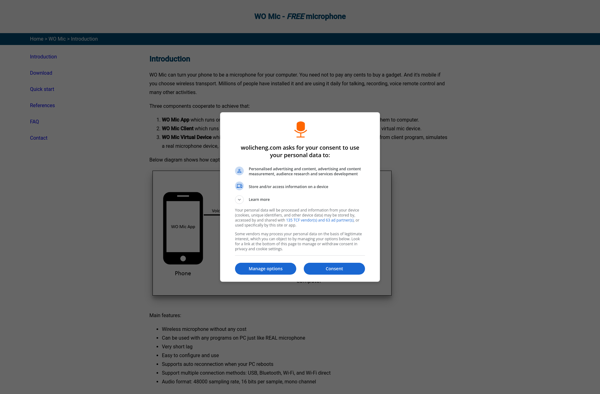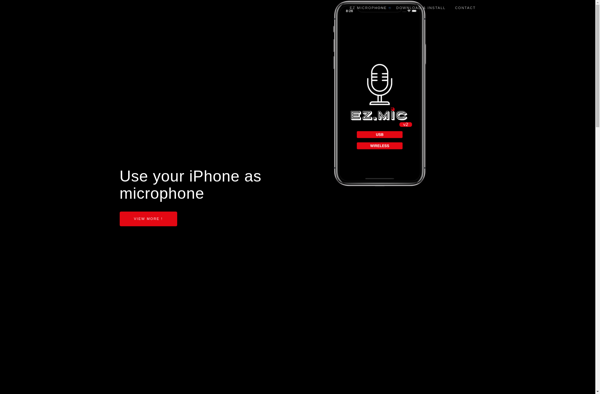Microphone

Microphone: Device that converts sound waves into electrical signals
A microphone captures ambient noises and voice for various audio applications like recording, voice calls, speeches, music, etc., with common types including dynamic, condenser, ribbon, carbon, etc.
What is Microphone?
A microphone is a transducer that converts acoustic sound waves into electrical signals. The diaphragm of the microphone absorbs the sound waves which cause it to vibrate. These vibrations then get converted into electrical signals which can be amplified, recorded, or transmitted. Microphones capture ambient noises, voice, musical instruments and other audio input for applications like telephones, tape recorders, hearing aids, public address systems, and more.
There are several types of microphones available that use different techniques to convert the sound waves into signals:
- Dynamic microphones - Use a flexible diaphragm attached to a coil of wire suspended in a magnetic field. The sound waves cause the diaphragm to vibrate, moving the coil and inducing a small electric current.
- Condenser microphones - Use a thin movable diaphragm very close to a fixed backplate. Sound waves cause the diaphragm to move, changing the capacitance between it and the backplate, thereby creating electric signals.
- Ribbon microphones - Use a thin aluminum ribbon suspended between magnets. The ribbon vibrates when hit by sound waves, inducing an electric current.
- Carbon microphones - Use carbon granules compressed between two metal plates. Vibrations cause varying pressure on the granules, changing their electrical resistance.
Key specifications that characterize microphones include frequency response, directionality, sensitivity and impedance. Their applications include recordings, live sound reinforcement, public address systems, hearing aids, acoustic measurements and more.
Microphone Features
Features
- Converts sound waves into electrical signals
- Captures ambient noises and voice
- Supports various audio applications (recording, voice calls, speeches, music, etc.)
- Availability of different microphone types (dynamic, condenser, ribbon, carbon, etc.)
Pricing
- Free
- Freemium
- One-time Purchase
- Subscription-Based
- Open Source
Pros
Cons
Reviews & Ratings
Login to ReviewThe Best Microphone Alternatives
Top Audio & Music and Recording and other similar apps like Microphone
WO Mic

EZ Mic
